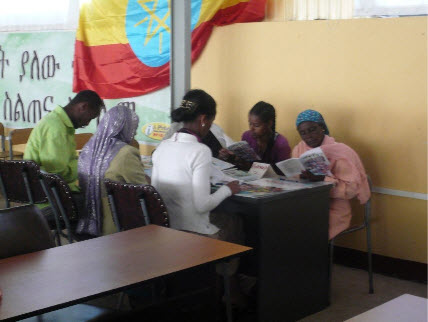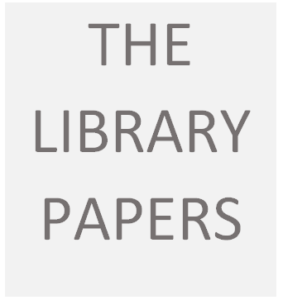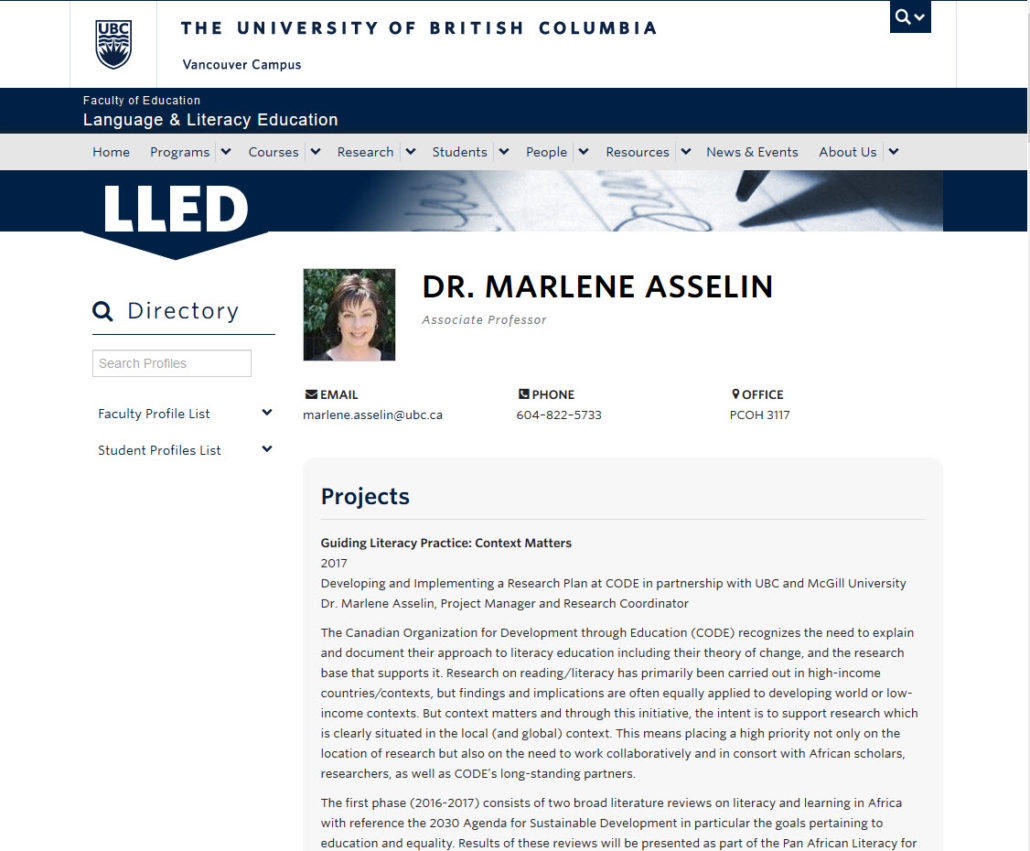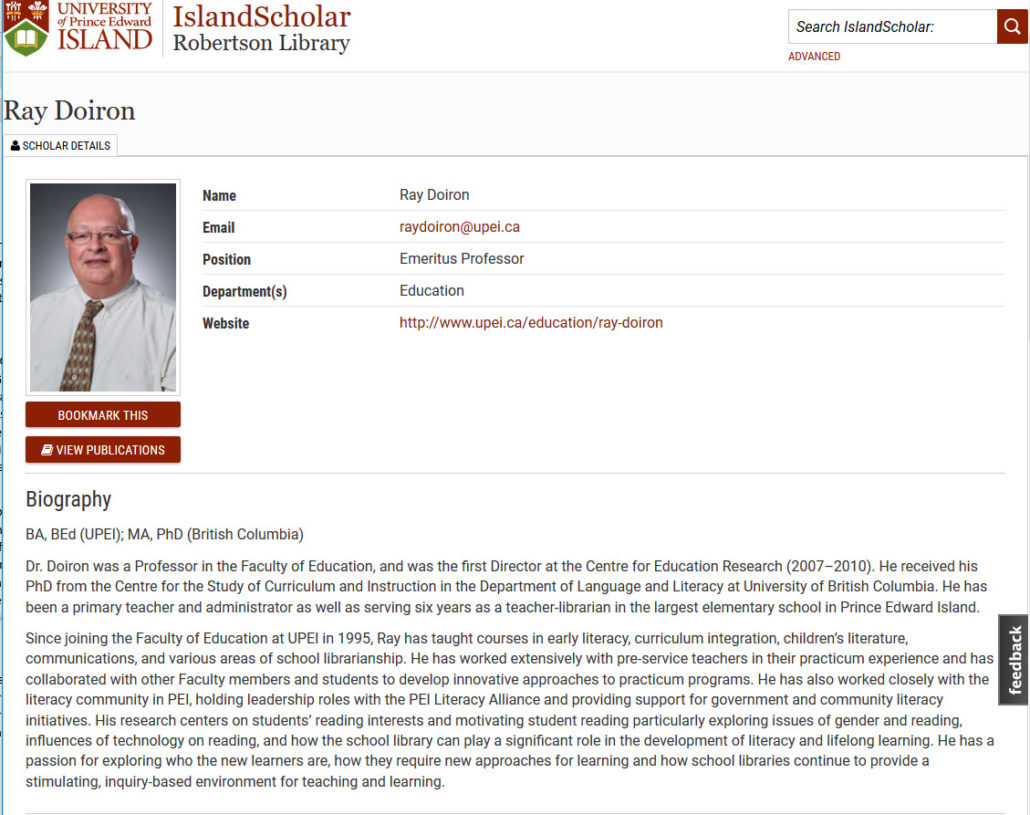Global Communication
Blog Post 4: Developing World Libraries/Mobile Devices
This week’s task was to “learn about specific library projects in an economically developing nation. How are they creating new literacy opportunities and expanding access to the internet and information databases? How can they best move forward to support the local needs of their communities? Also explore how mobile devices might assist in this endeavour and what new affordances they bring that will allow them to provide greater and more democratic access to information, unfiltered and uncensored?”
One story which interested me when I first read about it, is a collaborative initiative between CODE (Canadian Organization for Development through Education), CODE-Ethiopia (a non-profit NGO), and faculty at UBC and UPEI, to develop a network of community libraries in rural Ethiopia by establishing and stocking libraries in these communities, and training librarians to run them. I first read about this in an article co-authored by Marlene Asselin, an associate professor in LLED here at UBC, Ray Doiron from UPEI, and Alemu Abebe, an employee of CODE-Ethiopia (“Applying an ecological model and standards for library development to build literacy in rural Ethiopian communities,” Asselin, Doiron and Abebe, 2015), which was presented at the IFLA conference in 2014, and which was one of the course readings for LLED 462. I have appreciated the opportunity afforded me by this present assignment to learn more about it.
The project described in the article began several years ago and is ongoing. You can find links to additional subsequent articles about the project on Marlene Asselin’s website (Ray Doiron has since retired); and you can read more about subsequent ongoing initiatives in Ethiopia on the CODE-Ethiopia website.
The Problem
“In Ethiopia, 43% of the population in the age range from 15-60 cannot read or write. Early literacy support is now recognized as a neglected and critical component of national literacy development.” (Asselin, Doiron and Abebe, 2015)
This dismal literacy rate is not because of lack of desire; it is because of lack of access to reading materials. But while increasing access, it is important that these libraries be well-integrated into their local communities (rather than imposed by outside agencies, either national or international). This means that the information provided in local libraries must be “appropriate to the needs of particular communities, which implies sustained input from them” (Stillwell, 1989, p. 267, cited in Asselin et al., 2014)
However, Western literacy models are not necessarily appropriate for these locally-based community libraries. In a more recent article describing several such projects, Asselin and Doiron have said:
“A major challenge for libraries grounded in community development is guarding against further post-colonialization by challenging . . . reliance on foreign books and computers (with access to foreign content in forms of CDs and internet), which present others’ knowledge as superior . . .. This also raises the specter of the loss of local languages and local knowledge as the foundation of the new learning context in which communities (and libraries) will develop.” (Asselin and Doiron, 2017)
The Project
The role of Asselin et al. in this project was to develop a training program for the librarians who would staff the community libraries. In order to support the development of strong locally-connected programs, the authors proposed what they called an “ecological framework,” which they believed would “position libraries as central players in personal, social, cultural and economic improvement in their communities,” while at the same time respecting local concerns. The framework consists of the following considerations:
context/environment
inclusion/equity/social justice
partnerships/interactions
action/research
These components are intended to remind community libraries (and their librarians) to attend to concerns about local relevance by establishing library committees composed of a balanced cross-section of community members who do the planning and fund-raising to pay for the building, materials, and staffing; to ensure equitable access (which includes providing access for girls and women, and offering patrons reading material in their local languages); to develop local partnerships and identify particular needs based on collaboration with local leaders; and finally, to undertake research projects to identify needs, develop and implement action plans, and assess and revise as needed, in a continuous cycle.
To accomplish this, Asselin et al. developed a training program to teach prospective librarians how to incorporate and implement these components in their local libraries, in addition to their other librarian training. The bulk of the article is concerned with this process.
The Use of Technology
 Although we often read that mobile communication technology has led to miraculous transformation in remote African communities, including access to banking and commerce, it is important to remember that literacy involves more than access—it also requires education in how to understand and use the information.
Although we often read that mobile communication technology has led to miraculous transformation in remote African communities, including access to banking and commerce, it is important to remember that literacy involves more than access—it also requires education in how to understand and use the information.
In a situation where there is such a need for basic literacy and basic literacy materials, many of the literacy practices implemented in the community libraries involve the use of hard-copy reading materials, access to actual reading rooms, and opportunities for sustained silent reading, and for the most part, these are the aspects of literacy on which Asselin et al. focus on in this article.
However, this is not to say that internet connections are not important. Although internet access won’t magically close the information and income gaps between developing African countries and the developed world, it does open up new possibilities for access to information which was previously restricted and onerous to come by.
So although technology-assisted information access is not the main focus of this CODE-Ethiopia project, it inevitably does play a role. One of the affordances of internet access, which has implications for further locally directed training of community librarians, is that the instructional materials developed by Asselin et al. were published as an open source online resource in fall 2014, for the use of individuals or groups of librarians. (http://lled.educ.ubc.ca/profiles/marlene-asselin/ ).
Another use of technology for information and communication in this project is to enable the creation and dissemination of reading materials in local dialects. Although I think concerns about the homogenizing effect that digital technology can have on local cultures are well-founded, this CODE-Ethiopia project demonstrates that this is not inevitable – it shows that technology can be used to develop materials customized for highly specific purposes, while at the same time accessing global information technology. As this paper was being written, the authors report, their project had just received a grant from EIFL (Electronic Information for Libraries, an international NGO which is part of the Soros Foundation network which promotes open and digital access and training for libraries all over the world) to create six digital books telling local stories, have them translated into local languages, and make them accessible through the computers provided by the grant. The authors go on to describe the broad impact this project will have on the development of local culture, far beyond just the reading materials themselves:
“This EIFL project will involve partnerships with local Ethiopian writers and illustrators, technology training through the Ministry of Education, the establishment of a project team that includes CODE-Ethiopia staff, government representatives, teachers, librarians and international consultants.” ((Asselin, Doiron and Abebe, 2015, P 12).
Unfortunately, I couldn’t find any examples of the finished texts on any of the sites associated with CODE-Ethiopia, although I will continue looking. In the meantime, I did find this TedTalk given by Gus Casely Hayford which testifies to the power of stories for creating communities:
A third use of technology for public education, and no doubt the one with the most meaning to local users, is the fact that libraries offer immediate internet access to their patrons, and the support of a trained librarian to help them locate and use the information. Again, I couldn’t find an example of the CODE-Ethiopia project using technology for this purpose, but I did find this video from the EIFL website, which documents the effects of internet access in a similar community library project in Uganda. The joy and pride of both the librarian and the bee-keeper who has developed his business into a thriving collective with other local bee-keepers is evident and engaging. The process demonstrated in this video is an argument that local producers can compete even in the face of globalisation, and can use communication technology to their own advantage:
Mobile Technology
I couldn’t find evidence of mobile technology being used in any of these projects; I did find several articles in The Economist on the use of mobile technology in African countries generally, which suggested that the rates of mobile penetration in remote communities may have been over-stated, and that cost and availability can be barriers to access. It may be that access to information via the communication technology described above is more useful than mobile access at this time.
Conclusion
One of the reasons this project interests me is that it provides an example of respecting local culture while availing itself, in a highly selective way, of the affordances of technology and globalisation. It seems to me that many of the problems liberal democracies are experiencing with globalisation—automation and inexpensive imported goods, which have led to loss of employment and subsequent loss of purpose and creative energy for many —could be addressed, at least in part, by giving more respect to local cultures within our own societies. The current retrenchment and reconsideration of globalisation is only temporary. As long as we remain globally connected via technology, it won’t be stopped. But this pause is an opportunity to rethink how it is developed. We all need humane, respectful ways to meet our need for community and a sense of purpose in the face of increasing automation and imported goods both material and intellectual.
Works Cited (Click Here)
Works Cited
Asselin, Marlene, Doiron, Ray. Linking literacy and libraries in global communities. Garland science, 2017.
Asselin, M., Doiron, R., & Abebe, A. (2015). Applying an ecological model and standards for library development to build literacy in rural Ethiopian communities. In B. A. Schwartz & D. Oberg (Eds.), Global action on school library guidelines (pp. 133–153). Berlin/Boston: Walter de Gruyter GmbH. http://library.ifla.org/870/1/169-asselin-en.pdf
Casely-Hayford, Gus. “The Powerful Stories That Shaped Africa.” TED: Ideas Worth Spreading, www.ted.com/talks/gus_casely_hayford_the_powerful_stories_that_shaped_africa
CODE-Ethiopia, 31 Aug. 2017, code.ngo/program/ethiopia.
“Connect Uganda: Why Empowering Public Libraries with Technology Is so Important.” EIFL, 21 June 2018, vimeo.com/84380776.
Marlene Asselin. Language & Literacy Education, lled.educ.ubc.ca/profiles/marlene-asselin/.
“Mobile Phones Are Transforming Africa.” The Economist, The Economist Newspaper, 10 Dec. 2016, www.economist.com/middle-east-and-africa/2016/12/10/mobile-phones-are-transforming-africa.
Ray Doiron. Ray Doiron | IslandScholar, www.islandscholar.ca/people/raydoiron.
“What Technology Can Do for Africa.” The Economist, The Economist Newspaper, 9 Nov. 2017, www.economist.com/special-report/2017/11/09/what-technology-can-do-for-africa.






Thorough research, as always! I really enjoyed reading this. It is obvious the connection you have to this topic.
Great post; you have included thorough discussion of the week’s topics. I like how your post is organized and that you looked for resources and updates by the project.